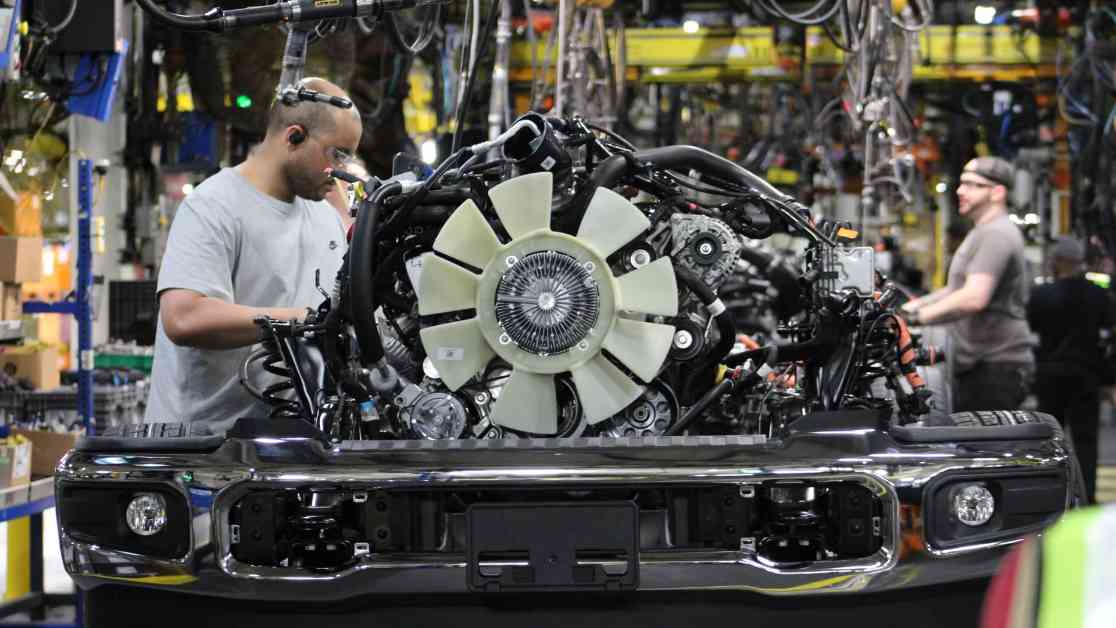A 2025 Ford Expedition with bronze trim recently came out of the factory at the Kentucky Truck Plant, assembled by American workers. However, despite its American assembly, the SUV is not entirely “Made in the USA.” At least 58% of its main parts are sourced from outside the country, with 22% coming from Mexico. This includes the vehicle’s 3.5-liter twin-turbocharged V-6 Ecoboost engine, a crucial component of the Expedition.
Supply chains in the automotive industry are complex, and even vehicles from American companies like Ford heavily rely on non-domestic content. President Donald Trump’s tariffs on imported vehicles and parts have prompted automakers to emphasize U.S. investments and localizing supply chains. However, achieving a 100% U.S.-made vehicle is not feasible due to factors such as the lack of processing plants for materials like steel and semiconductors in the U.S.
Ford CEO Jim Farley highlighted the challenges of moving towards a completely American-made vehicle, stating that some parts are still more cost-effective to manufacture offshore. Achieving a high percentage of U.S.-made parts would significantly increase the cost of vehicles, potentially pricing out consumers and reducing demand. Despite efforts to localize production, the global nature of the automotive supply chain makes it difficult to achieve complete domestic sourcing.



















